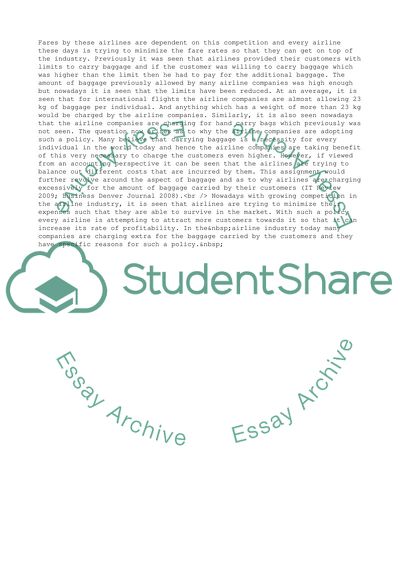Cite this document
(Competition in the Airline Industry Case Study Example | Topics and Well Written Essays - 1750 words, n.d.)
Competition in the Airline Industry Case Study Example | Topics and Well Written Essays - 1750 words. Retrieved from https://studentshare.org/business/1740743-why-do-airlines-charge-for-baggage
Competition in the Airline Industry Case Study Example | Topics and Well Written Essays - 1750 words. Retrieved from https://studentshare.org/business/1740743-why-do-airlines-charge-for-baggage
(Competition in the Airline Industry Case Study Example | Topics and Well Written Essays - 1750 Words)
Competition in the Airline Industry Case Study Example | Topics and Well Written Essays - 1750 Words. https://studentshare.org/business/1740743-why-do-airlines-charge-for-baggage.
Competition in the Airline Industry Case Study Example | Topics and Well Written Essays - 1750 Words. https://studentshare.org/business/1740743-why-do-airlines-charge-for-baggage.
“Competition in the Airline Industry Case Study Example | Topics and Well Written Essays - 1750 Words”. https://studentshare.org/business/1740743-why-do-airlines-charge-for-baggage.


